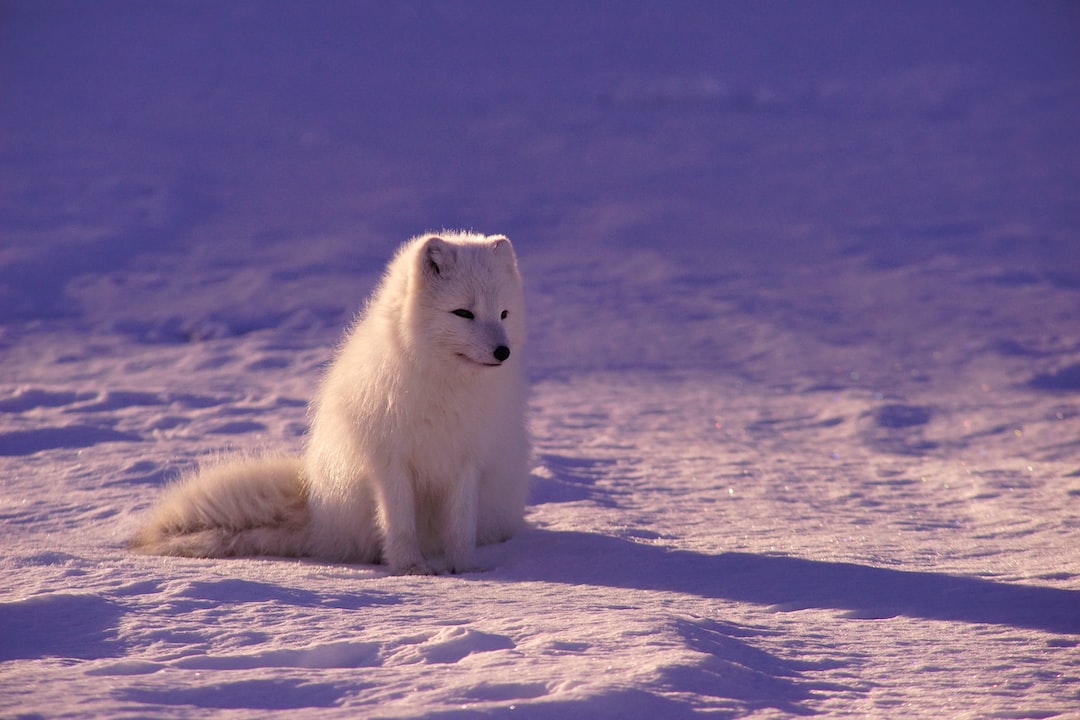The Surprising World of Underground Burrowers: Meet the Tunneling Animals
When we think of animals, we often imagine them roaming freely on land, flying through the sky, or swimming in the vast depths of the ocean. However, there is an entire world beneath our feet that is bustling with life – a world of underground burrowers. These fascinating creatures have adapted to a subterranean lifestyle, creating intricate tunnels and networks that serve as their homes and hunting grounds. Let’s dive into the surprising world of tunneling animals and discover some of nature’s most amazing architects.
One of the most iconic tunneling animals is the mole. With their cylindrical bodies, paddle-like front paws, and sharp claws, moles are perfectly equipped for a life underground. They spend most of their time excavating intricate tunnel systems that can extend for hundreds of feet. These tunnels not only provide them with protection from predators, but also facilitate their efficient hunting strategy. Moles consume vast amounts of earthworms, insects, and larvae, and their tunnels enable them to ambush unsuspecting prey as it travels through the soil.
While moles are undisputed masters of underground engineering, they are not alone in their subterranean prowess. Aardvarks, native to parts of sub-Saharan Africa, are another remarkable tunnel-digging species. Their name derives from the Afrikaans word for “earth pig” due to their pig-like snouts and burrowing habits. Aardvarks construct extensive burrows that can be up to 30 feet long, providing safe havens for them to rest during the day and hunt at night. Interestingly, their burrows aren’t just for their own use. Many other animals, including porcupines, warthogs, and meerkats, take up residence in these large tunnels, creating a complex underground community.
While moles and aardvarks are well-known tunnelers, there are several other tunneling animals that might surprise you. The naked mole rat, for instance, is a unique creature that exhibits both eusociality, similar to bees and ants, and an exceptional ability to tunnel. These bizarre-looking rodents live in large colonies underground, with a queen leading the group and workers taking care of various tasks. Their tunnels can stretch for miles and sometimes even intersect with those of other colonies, leading to territorial disputes. But what makes the naked mole rat truly astonishing is its ability to thrive in low-oxygen environments, thanks to its remarkably efficient metabolism.
Another underground burrower worth mentioning is the Badger. With their muscular bodies and strong forelimbs designed for digging, badgers are adept excavators. They construct intricate networks of tunnels and chambers called setts, which serve as their homes and can be occupied by multiple generations of badgers. These setts not only provide shelter but also extend deep into the ground, helping badgers locate prey such as rabbits, mice, and even ground-nesting birds.
As we delve into the world of tunneling animals, it becomes evident that life beneath the surface is far from dull. From moles, aardvarks, and naked mole rats to badgers, these incredible creatures have evolved unique adaptations to thrive in their subterranean environments. Their tunnels not only provide protection but also serve as conduits for communication, transportation, and access to food sources.
Next time you step outside, take a moment to appreciate the bustling world that lies beneath our feet. The tunneling animals remind us that beneath the surface, an astonishing variety of life is thriving, each with their own remarkable stories of survival and adaptation. So, let’s celebrate the wonders of the underground burrowers and marvel at the hidden architecture beneath our very own homes.


